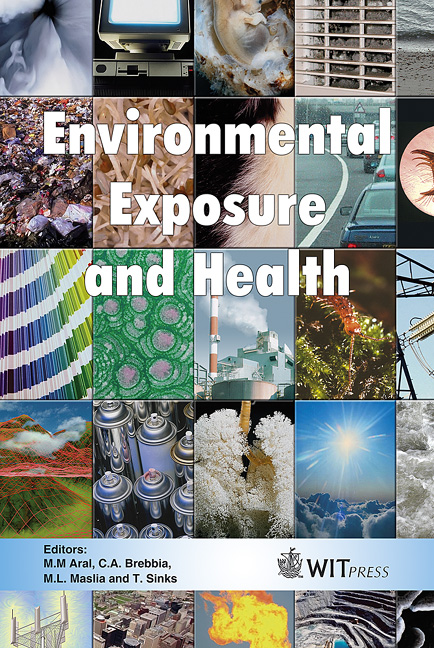A Liquid Chromatography-tandem Mass Spectrometry Method For The Analysis Of Biomarkers Of Acrylamide Exposure
Price
Free (open access)
Transaction
Volume
85
Pages
8
Published
2005
Size
769 kb
Paper DOI
10.2495/EEH050201
Copyright
WIT Press
Author(s)
M. Ospina, H. Vesper, T. Meyers, A. Smith, G. Gray, L. Ingham & G. Myers
Abstract
Acrylamide is a widely used industrial chemical. It has attracted attention since being found to occur in a variety of fried and oven-baked foods. Acrylamide is a known neurotoxin shown to be carcinogenic in animals. It is classified as a potential human carcinogen. Acrylamide and one of its main metabolites, glycidamide, form adducts with hemoglobin, which can be used as biomarkers of acrylamide exposure. More data are need to ascertain the effects of acrylamide on public health. Current methods have been designed to measure acrylamide in exposed people with high acrylamide biomarker concentrations. However, biomarker levels in the general population are significantly lower. Therefore, one critical aspect for measuring acrylamide in the general population is appropriate sensitivity of the instruments used. We performed systematic liquid chromatography-mass spectrometry (LC/MS/MS) studies to determine the optimal instrument conditions using commonly used techniques and newly developed LC/MS/MS conditions. Results from different ionization techniques and conditions show that the sensitivity can be increased sixfold using atmospheric pressure chemical ionization instead of electrospray ionization. Sensitivity was improved another tenfold by using a redesigned instrument. Using 50 mg globin, the detection limits for these hemoglobin adducts are 7 pmol/g globin for glycidamide adducts and 3 pmol/g globin for acrylamide adducts. Keywords: biomarkers of exposure, hemoglobin adducts, mass spectrometry.
Keywords
biomarkers of exposure, hemoglobin adducts, mass spectrometry.




